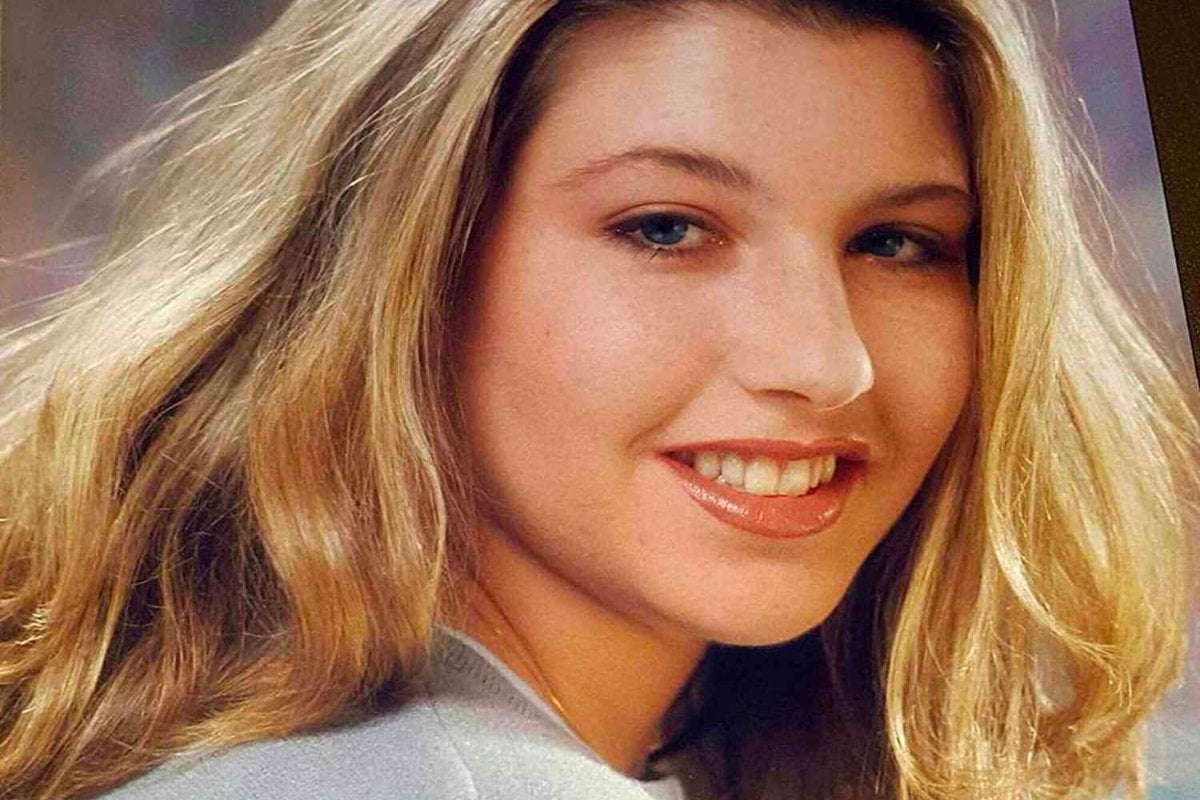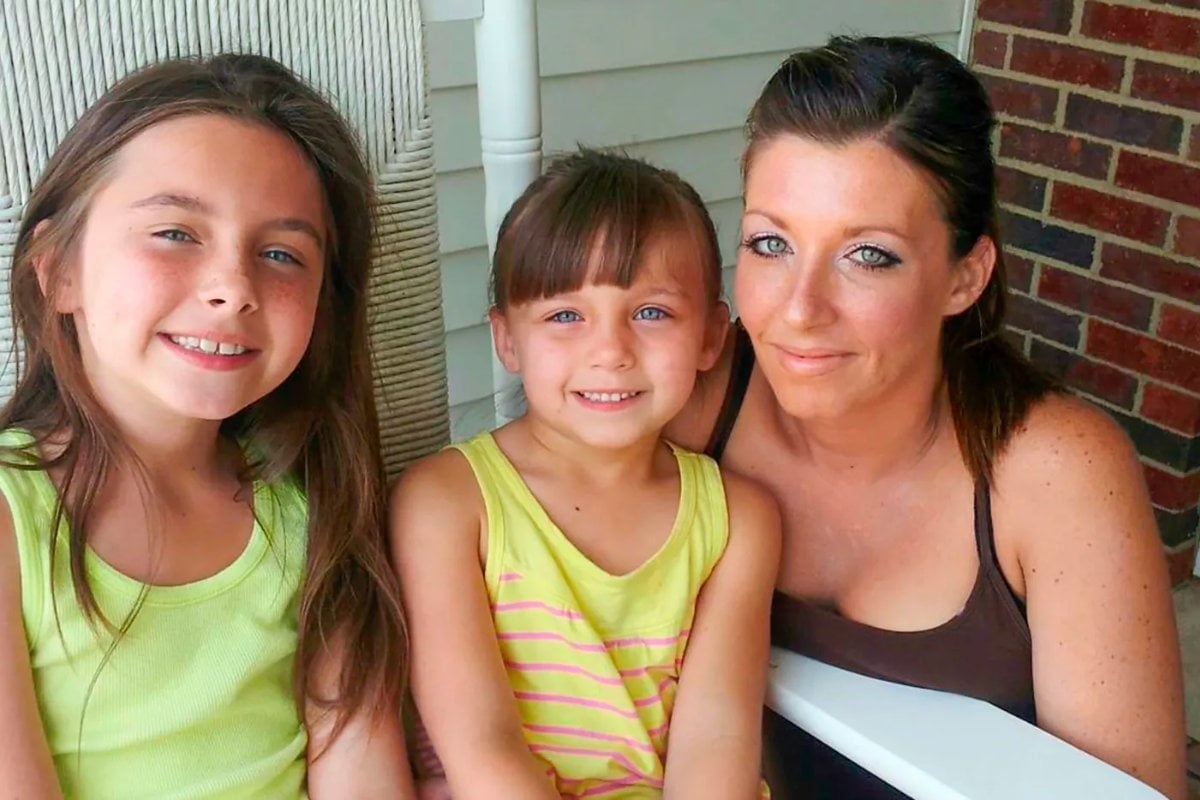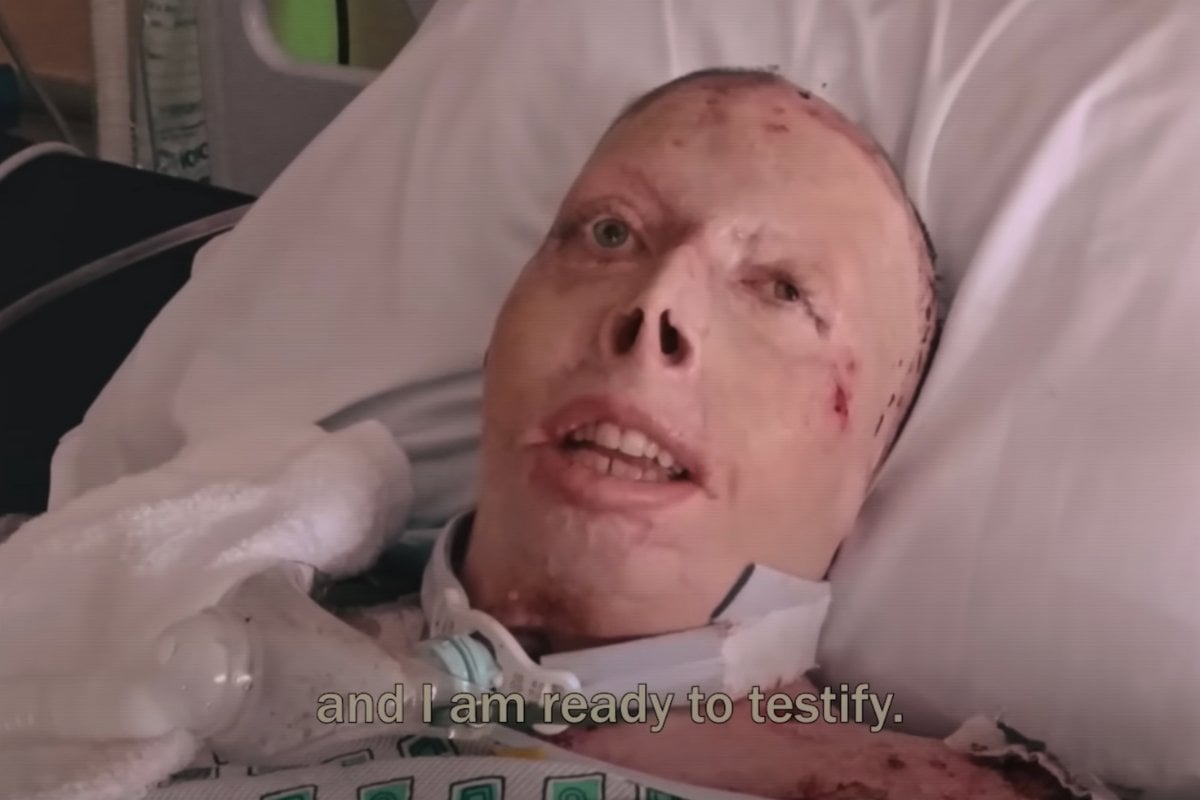
Content warning: The following contains descriptions of violence that may be distressing to some readers.
There's an equation used by doctors to estimate the probability that a burns victim will succumb to their injuries. It’s a calculation that includes their age and the percentage of their body burned.
According to a nurse who treated American woman Judy Malinowski, her score was 110 per cent.
Judy, 31, was set alight by her partner, Michael Slager, in a broad-daylight attack at a service station in Columbus, Ohio, on August 2, 2015. In the midst of an argument, Michael went to his ute, collected two jerry cans of fuel and poured the contents over the mother-of-two's head and body. He then returned to the vehicle to fetch a cigarette lighter and, ignoring her tearful pleas, set her aflame.
Judy's injuries were so disfiguring that one of her young daughters didn't recognise her. Her family were told that she likely wouldn't survive for more than a few hours — days, at most.
 Judy Malinowski with her daughters. Image: Judy's Foundation.
Judy Malinowski with her daughters. Image: Judy's Foundation.

